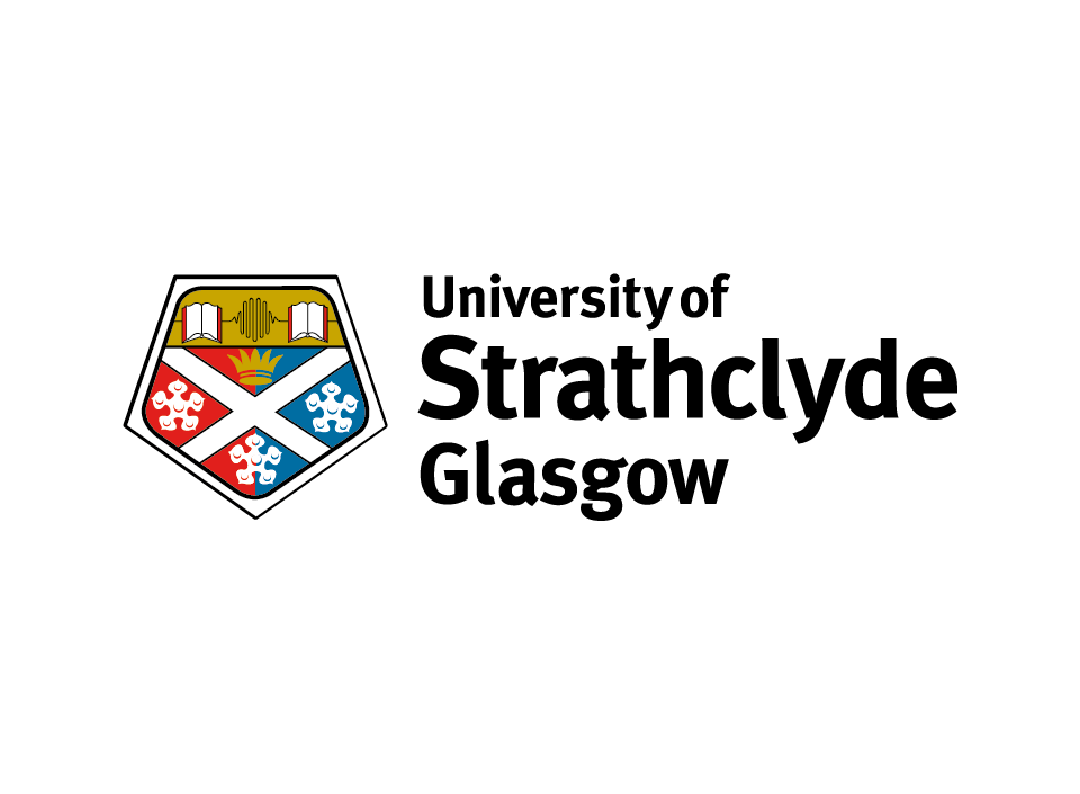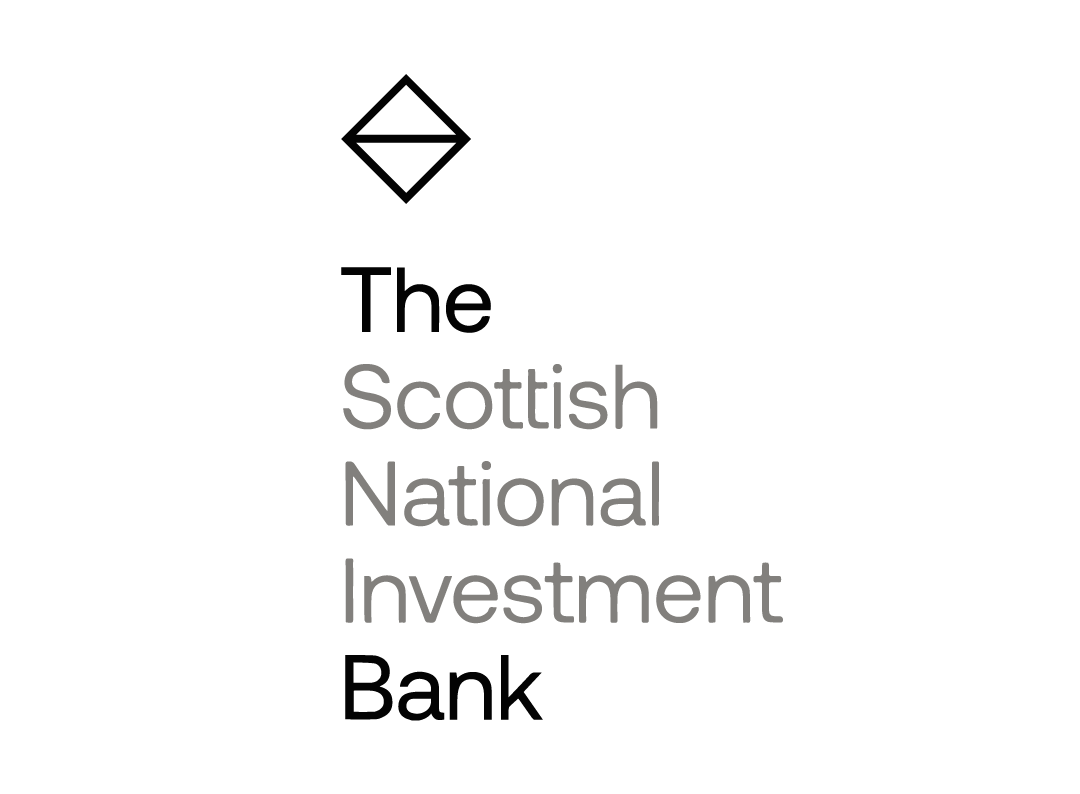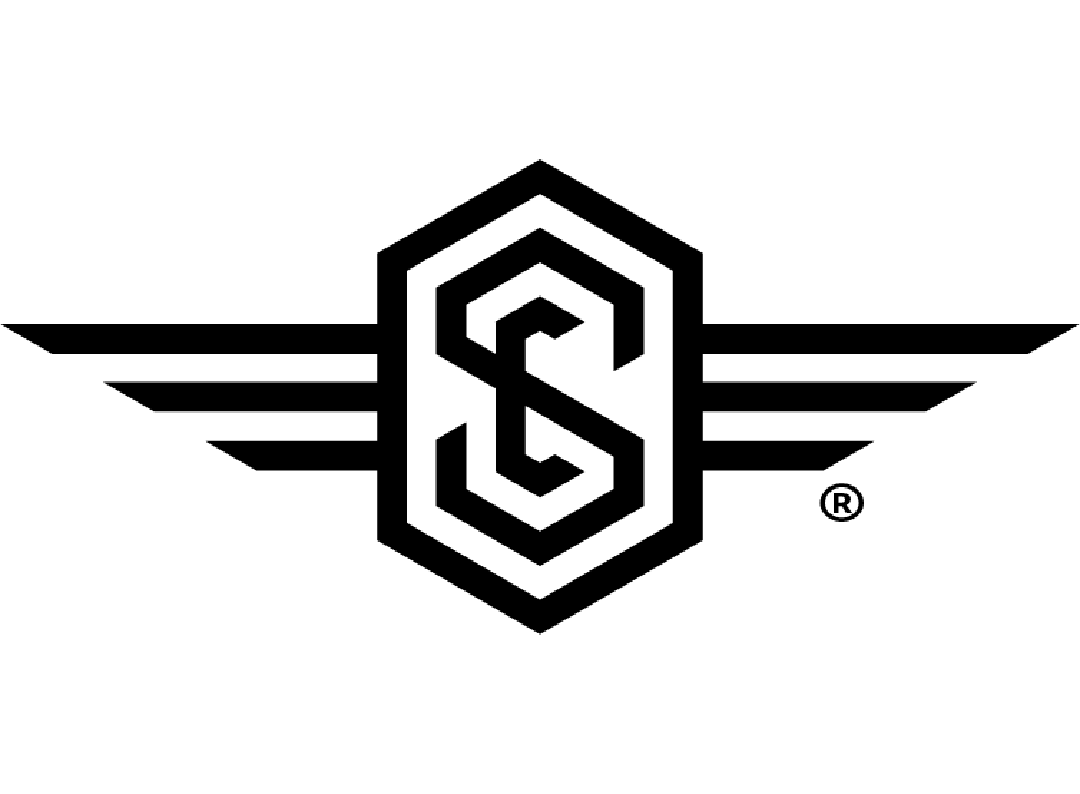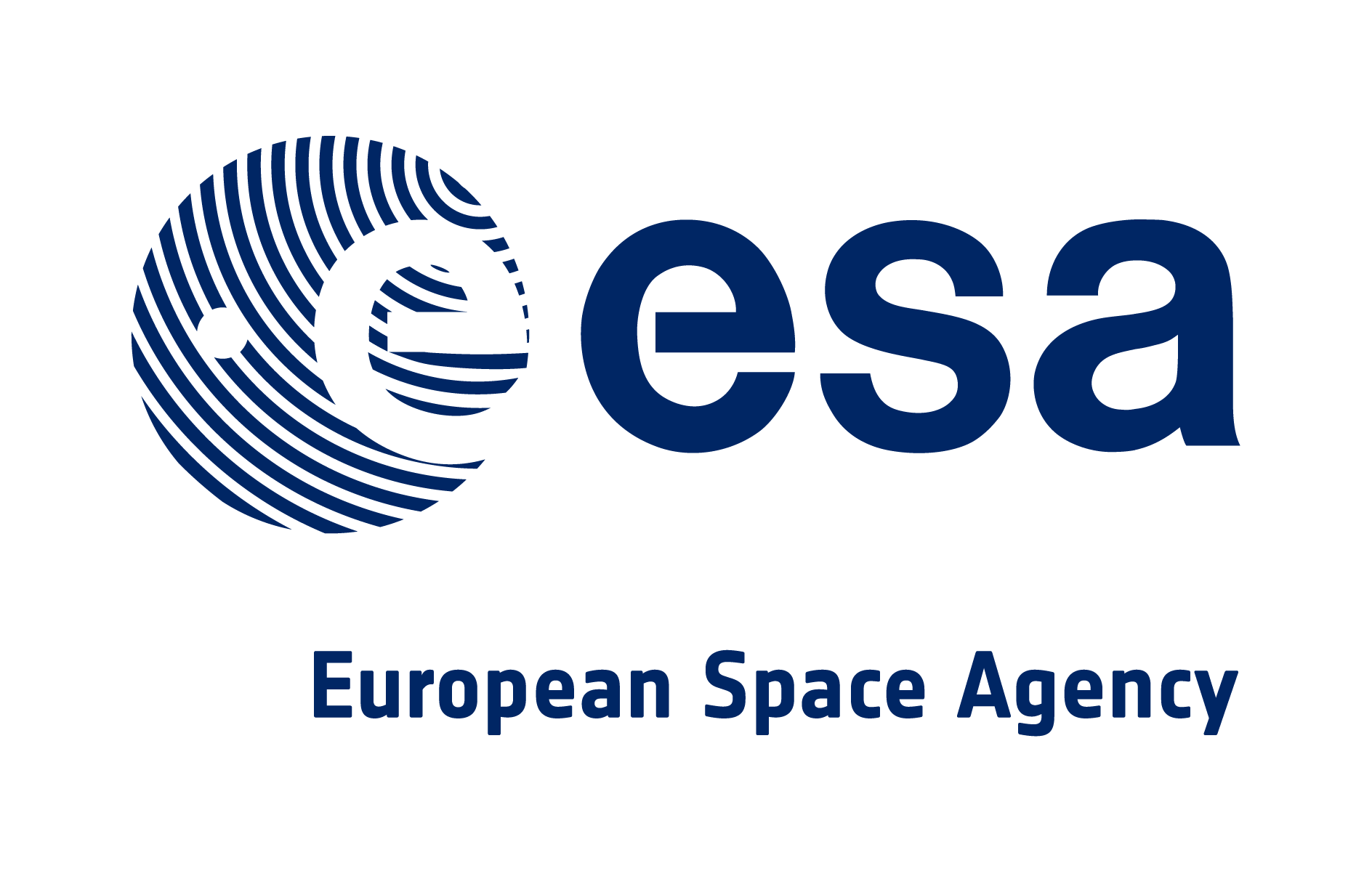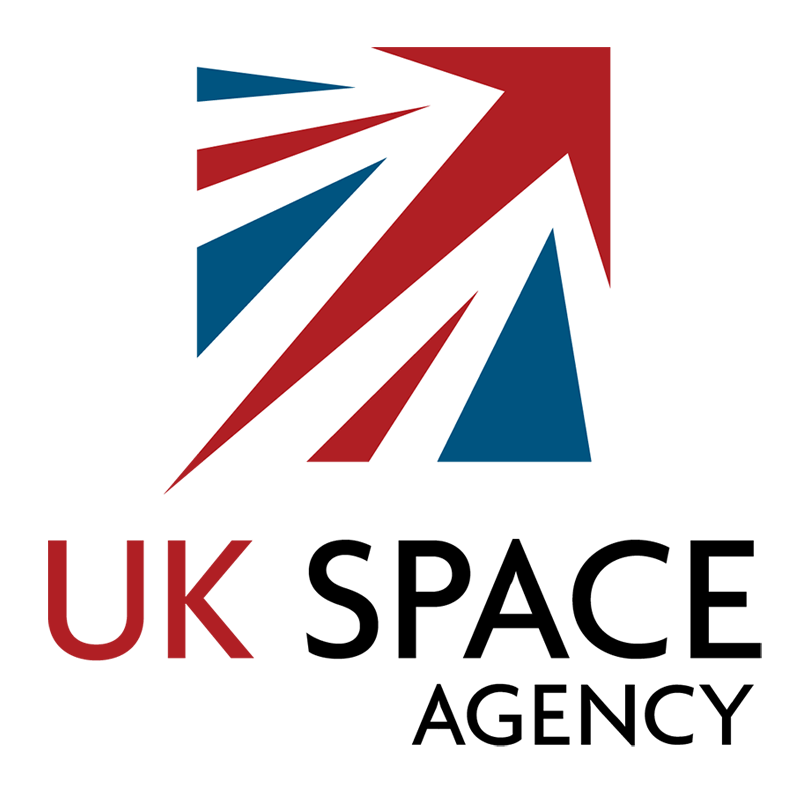Improving feed conversion ratio with Connected Seafarm
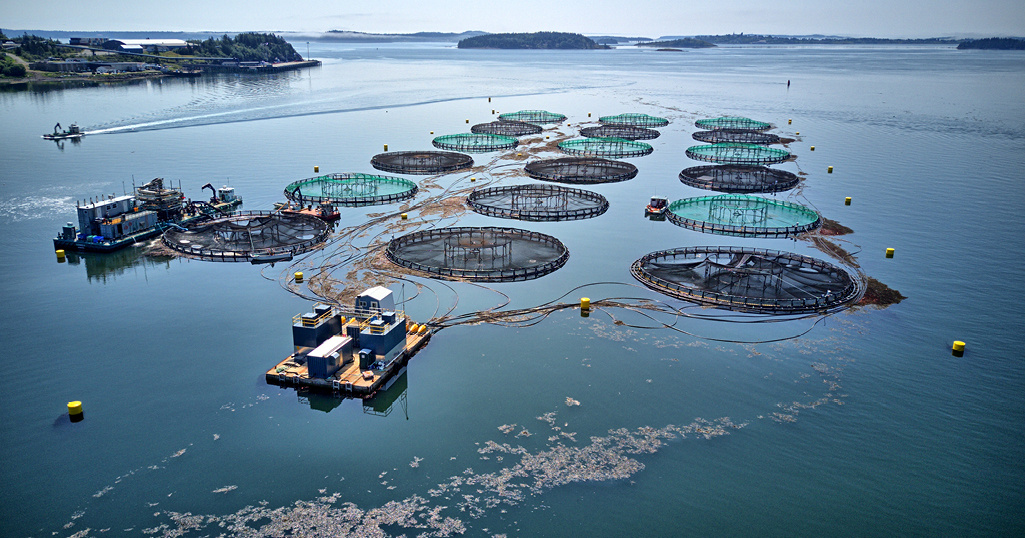
Improving feed conversion ratios and reducing feed waste with Connected Seafarm
Aquaculture is a rapidly evolving industry and a pioneer in sustainable sources of protein to feed an ever growing population. Like many industries, they face their challenges and one of the most prevalent is the ever increasing cost of production. In fact, feed costs can account for upward of 50% of total production costs for producers. In an industry where margins are tight, even small improvements in feed efficiency can lead to significant financial savings.
With feed prices fluctuating and the demand for high-quality sustainable fish products increasing, farm managers are under constant pressure to manage their feed costs effectively.
One of the key metrics to measuring feed efficiency is the Feed Conversion Ratio (FCR), which represents the amount of feed required to achieve a certain amount of fish biomass. A lower FCR indicates that less feed is needed to produce the same amount of tonnage, thereby reducing costs and increasing profitability. However, achieving a low FCR is no easy task, as it requires careful management of feeding practices and a deep understanding of the environmental factors that influence fish growth.
Connected Seafarm’s impact on FCR and feed waste reduction
Connected Seafarm’s drop-in environmental monitoring and remote feeding solutions are designed to help farmers optimize their operations through continuous advanced monitoring of in-situ parameters via sensing devices and an intuitive data analytics platform. These solutions provide continuous near real-time insights of critical parameters such as water temperature, dissolved oxygen and chlorophyll (which can indicate the presence of algae). These factors are crucial in determining the optimal feed times and quantities for fish, helping farmers avoid overfeeding and underfeeding.
Here's how Connected Seafarm can specifically enhance FCR and reduce feed waste:
- Optimizing feeding schedules: Continuous and autonomous monitoring of water quality and environmental conditions allows farmers to identify the best times to feed. With fish metabolism and appetite being closely linked to water temperature and oxygen levels, feeding fish when conditions are optimal ensures more feed is converted to biomass, improving FCR. Also with remote feeding feed can be distributed pen-by-pen from anywhere at any time, even off-site.
- Swift adjustment to change: Environmental conditions in the water can change rapidly. Connected Seafarm’s data is autonomously transmitted hourly (up to 15 minutes if needed) from in-situ sensors. This allows threshold alerts to be set so operators can be notified when feeding practices need to be adapted. For example if there is a sudden drop in oxygen levels reducing feed can prevent wastage and stress on the fish, both which negatively impact FCR.
- Reducing waste: Overfeeding is a common issue leading to wasted feed that sinks to the bottom of the water to decompose. This not only represents direct financial loss but also degrades the water quality. Prevent overfeeding by using the available data to identify the correct amount of feed to administer at any given time.
Quantifying the financial benefits of improved FCR
To understand the financial impact of improving FCR, consider a typical site with a biomass consent of 1,100 tonnes and a crop cycle capacity of 1,650 tonnes. If Connected Seafarm’s solutions can allow farmers to improve the FCR by just 1%, this would equate to saving 18.1 tonnes of feed per crop cycle. Given that feed costs can be substantial, this improvement can lead to significant cost savings.
Let’s break down the numbers:
- Typical Feed Cost: Assume a feed cost of £1850 per tonne.
- Feed Savings: With a 0.1 improvement in FCR = £185 saving in feed per tonne of fish
- Total Cost Saving: Across a typical crop production of 2,500 tons of fish per farm = £462,500 in feed alone
- Total Cost Saving across whole operations: If a producing organisation can make the same improvement in FCR across 30 farms the cost saving = £13,875,000
This example illustrates how even a modest improvement in FCR can translate into substantial financial savings. For larger operations or those with multiple crop cycles per year, the cumulative savings can be even more impressive, significantly boosting the overall ROI.
A smart investment
In today’s competitive aquaculture industry, maximizing ROI is essential for long-term success. Connected Seafarm offers a powerful tool to optimize feeding practices, improve FCR, and reduce feed costs, all of which contribute to a stronger bottom line. With the potential to save over £30,000 per crop cycle through even a 1% improvement in FCR, the investment in Connected Seafarm’s solutions is not just a smart choice—it’s a necessary step towards achieving sustainable, profitable fish farming.
For fish farmers looking to stay ahead of the curve, embracing technology like Connected Seafarm is the key to unlocking new levels of efficiency and profitability in their operations.
If you want to get more information on Connected Seafarm please reach out to us at contact@krucial.com.
Share this article
Recent Posts
Archives
- May 2023 (8)
- June 2023 (8)
- July 2023 (6)
- August 2023 (6)
- March 2023 (5)
- September 2023 (5)
- September 2024 (5)
- October 2024 (5)
- November 2024 (5)
- October 2022 (4)
- November 2022 (4)
- February 2024 (4)
- May 2022 (3)
- July 2022 (3)
- August 2022 (3)
- September 2022 (3)
- February 2023 (3)
- October 2023 (3)
- November 2023 (3)
- March 2024 (3)
- April 2024 (3)
- May 2024 (3)
- August 2024 (3)
- January 2025 (3)
- February 2025 (3)
- May 2021 (2)
- July 2021 (2)
- October 2021 (2)
- February 2022 (2)
- March 2022 (2)
- June 2022 (2)
- December 2023 (2)
- December 2024 (2)
- June 2019 (1)
- March 2020 (1)
- July 2020 (1)
- September 2020 (1)
- October 2020 (1)
- March 2021 (1)
- June 2021 (1)
- September 2021 (1)
- December 2022 (1)
- January 2023 (1)
- April 2023 (1)
- January 2024 (1)
- July 2024 (1)
Proud to be supported by

